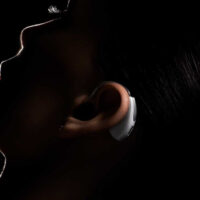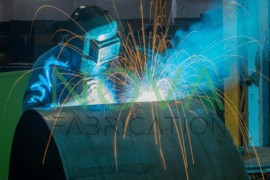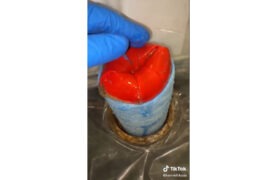Consider the humble smartphone case for a second. It’s something that many users may not feel an emotional attachment to, but these cases generate billions of dollars per year for large brands who mass produce these “computer bumpers” daily.
So how can an independent “smartphone case designer” like Bailey Hikawa make a name for herself in such an oversaturated industry?

Bailey is a product designer who decided to take the road less traveled and hand-produce smartphone cases for a living. Through her project, Hikawa Studio, Bailey promotes KAME – personalized, elastomer-casted bespoke cases. With her cases costing anywhere from $100 to 200, it might be hard to see how she can turn a profit compared to many cases less than 1/5 of that cost, but Bailey is determined to create her version of “miniature sculptures” for your phone.
According to a recent report over at The Verge, it took two years for Bailey to start her phone case business—from molding and prototyping to testing on dummy phones. The result was hundreds of case designs, only of which a few were chosen to move forward and fine-tuned into finished designs. As any designer-entrepreneur knows, creating the product is just the first step. Once she had the designs, Bailey had to also figure out clever ways to promote the cases via online and word of mouth, set up an online store, and determine the best method of shipping to her customers.




Currently, there are two designs available in her store: the GETA, which looks like a small ice tray, and the POKI, which has six small nubs on the phone case’s back. These grooves are what make Bailey’s cases stand out; serving as both handholds and a way to stand phones upright.




Using her premade casts, Bailey pours in colored elastomer to set the mold for the phone cases. Once they dry, she takes them out, chips off the excess elastomer and cleans them out for shipping. It’s a simple process but is time-consuming, with one case taking up to four hours to complete.
Before she started using elastomer, Bailey used resin to cast her phone cases. When her friends complained to her that their cases started breaking, she realized she had to switch to the sturdier elastomer. Even until now she continues to refine her entire process, going so far as to research new materials which prevent dust from accumulating on the phone cases.
There are an untold number of prototypes sitting in Bailey’s workshop shed for several different designs and phones, but as of now she only sells the GETA and POKI iPhone cases. You can see what Bailey Hikawa is and will be up to on the Hikawa Studio webpage.






